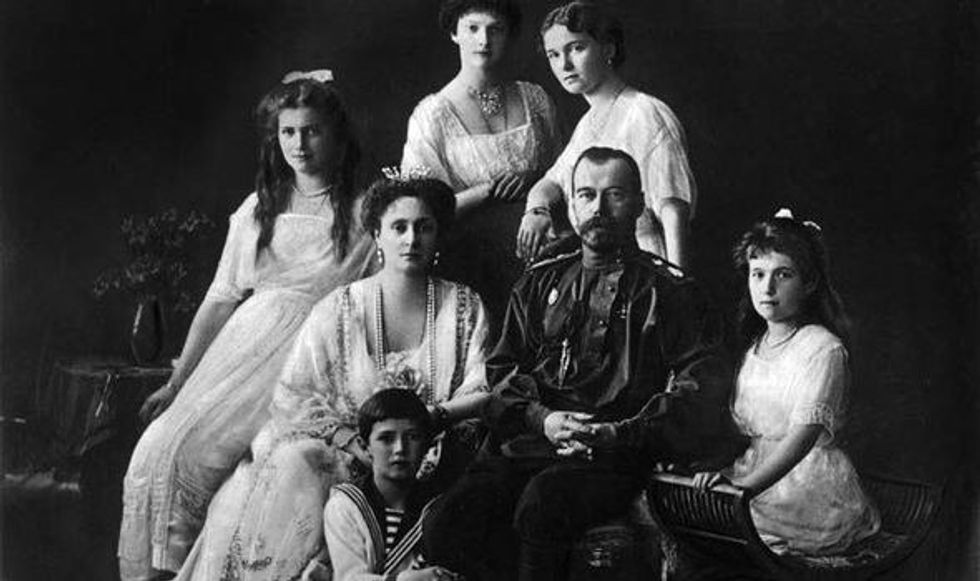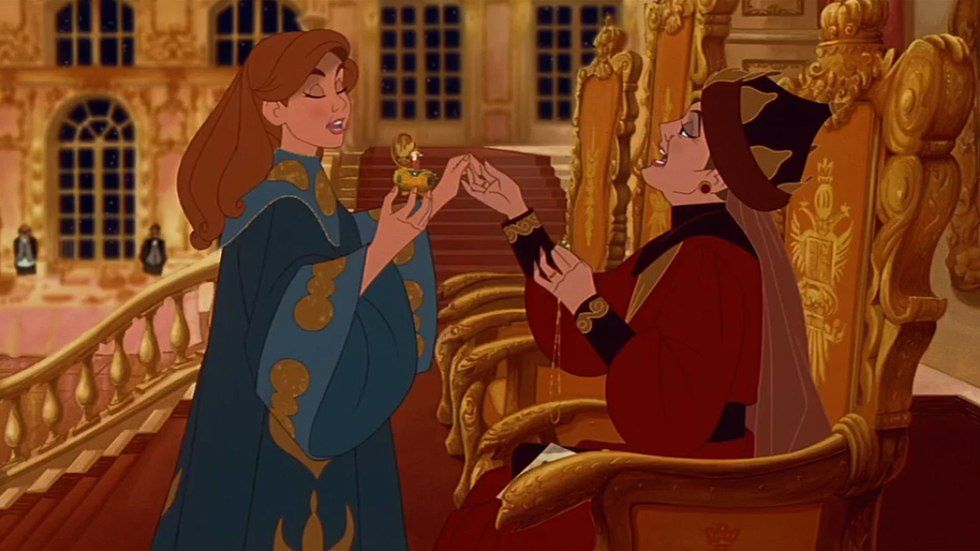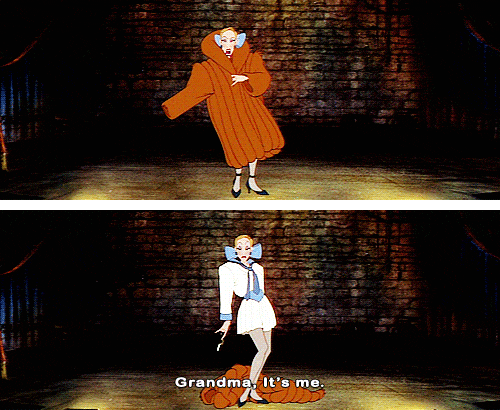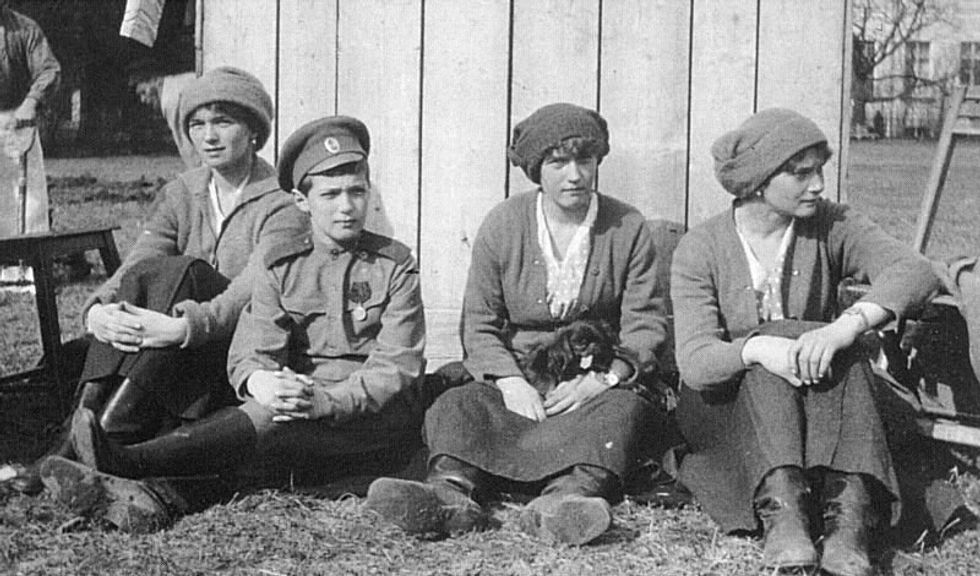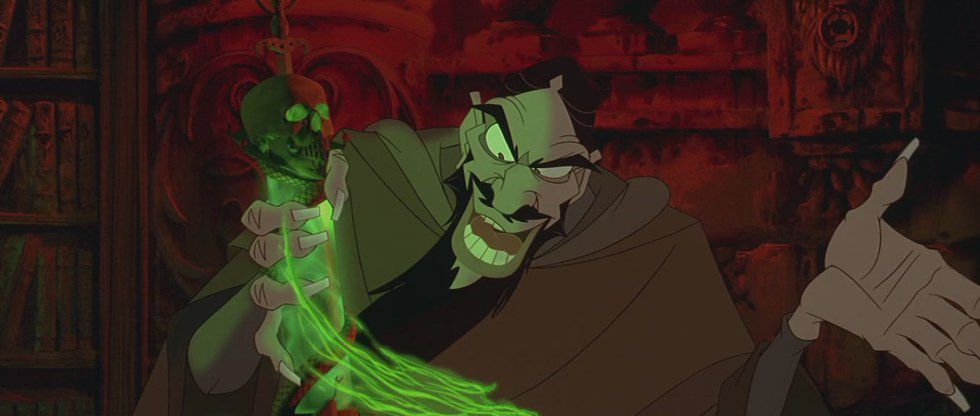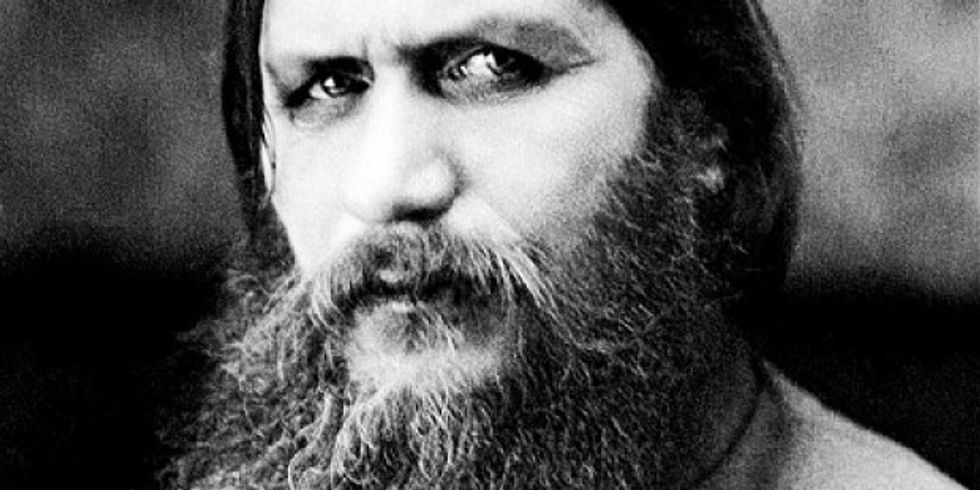Once you hear the news that the 1997 film "Anastasia" is going to be adapted into a Broadway musical, there should only be one course of action: to watch the film once (or twice) and not-so-silently sing the musical’s many hits in the comfort of your dorm room. If you’re anything like me, you’ve probably serenaded your friends with enough renditions of "In the Dark of the Night" to last a lifetime.
But before you hastily abandon my article in favor of watching the film for the first time in your adult life, you need a quick refresher on the historical inaccuracies that the movie relies on. While it’s easy to brush this aside in favor of the feel-good fun of 20th Century Fox’s retelling of the Russian Romanovs, it’s also important to revisit those (maybe correct) references that went right over your head as a child.
For starters, Anastasia should have been long dead before the movie even began. The entire plot is based on the idea that the Russian princess was able to escape the same fate as her family, a theory founded more in rumor than in evidence. When the bodies of the royal family were excavated in 1991, two bodies were missing. Alexei, the czar’s only son and heir, and one of the daughters were not found at the grave site, only fueling the persistent rumor that Anastasia lived on, something that had been widely believed since the family’s deaths in 1918. However, it has since been conclusively proven that the entire royal family died that day; the two missing bodies were found in 2008.
However, Anastasia’s grandmother really did survive the Russian Revolution. But instead of continuing her glamorous lifestyle in France, as the movie portrays, she fled first to England, then later to her home country of Denmark. The Dowager Empress Maria Feodorovna was one of the few Romanovs to escape the bloodbath that ensued after the Bolshevik’s rise to power. It’s easy to understand why the filmmakers might have chosen to rewrite this particular part of history—“Sandringham Holds the Key to Your Heart” just doesn’t have the same ring to it.
Don’t feel disheartened just yet—many people really did try to pass themselves off as the lost grand duchess. In the same way Dimitri and Vladimir spend the first musical number scheming a way to pass off a lucky lady as Anastasia, women like Anna Anderson made lives for themselves pretending to be long-lost royalty. Anderson is probably the most famous of all the Romanov impostors, but DNA testing done after her death could conclusively prove that she was really just a poor Polish factory worker, and therefore, Anastasia was definitely, actually dead.
Even though this movie is intended for children, in real life, the entire Romanov family died in a not-so-PG way. The only explanation the movie gives to their deaths is that Rasputin was responsible, and after that, things get hazy. It’s implied that Anastasia’s family dies during the storming of the Winter Palace, and that Anastasia is only saved with the help of her dashing kitchen boy Dimitri. However, in reality, this couldn’t be further from the truth. Rasputin, for starters, was murdered two years before the Romanov assassination. They were also far from the palace at the time of their death; after Nicholas abdicated the throne, they were exiled to Siberia, awaiting the bloody massacre that was to come on July 16, 1918. The entire family was gathered in the basement, lined up, shot, and then subsequently mauled with bayonets.
Now that we know the kitchen boy wasn’t really instrumental in the life of Anastasia Romanov, it’s time to debunk another quintessential character: Sorry, ladies, but Dimitri didn’t really exist. As much as we all wish this Soviet stud would come and sweep us off our feet, Dmitri and Vladimir, the two con men who were originally intent on getting that handsome cash reward, were created solely for the purpose of the film. Even if we forget that he's fictional, the movie still should have ended after he sang, “The biggest con in history!” in the middle of a crowded communist street.
Contrary to modern-day myth—a myth this movie doesn’t help to dispel—Rasputin couldn’t rise from the dead. Between his reputation as a mystic and the mysterious circumstances surrounding his death, people were more than willing to believe that he was the man who couldn’t be killed. However, it’s more likely that his assassins were just really bad at being assassins—they failed at lacing his food with cyanide and shooting him at close range, and ultimately resorted to dumping his body in the frozen river. But I guess we can’t conclusively say that he isn’t still in limbo, crooning alongside his undead bug chorus.
While I’m at it, I might as well dispel another myth surrounding Rasputin, specifically that he didn’t have an affair with the Tsarina. Even though catchy pop hit “Ra-Ra-Rasputin” rhymes his name with the phrase “lover of the Russian queen,” there is very little evidence supporting the popular rumor that the two were sexually involved. Tsarina Alexandra was madly in love with her husband, Nicholas, and only really wanted Rasputin around for his healing powers. But don’t worry, fans of Boney M, it’s still up for debate whether or not Rasputin was Russia’s greatest love machine.
And finally, I’ll answer the question on everyone’s mind: Nope, Rasputin didn’t have an army of glowing green gargoyles. This one should be pretty self-explanatory.
Hopefully, this article has put you in the perfect mood to slip in some headphones and revisit the soundtrack of this childhood favorite. But next time you belt out "Once Upon a December" in the shower when you think no one is around, make sure to take a moment to remember the real Romanovs.




